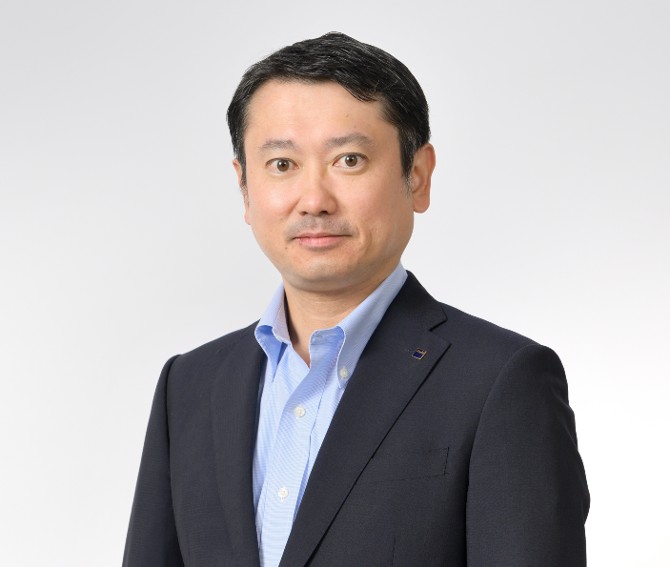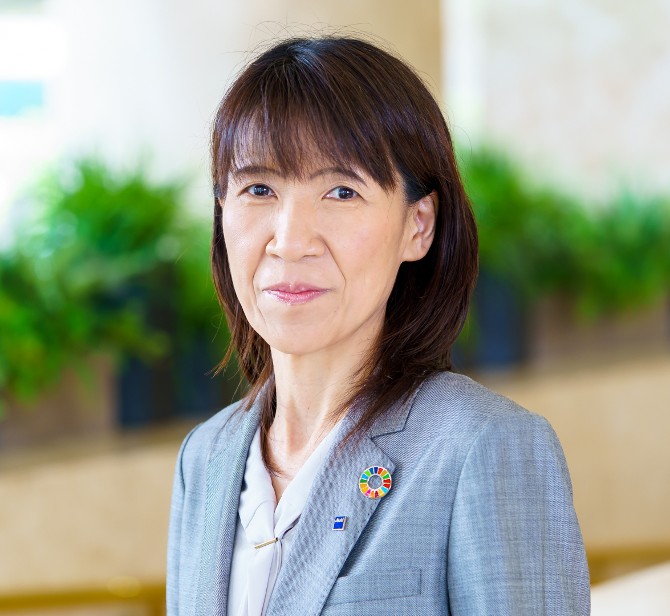Japanese IROs face many challenges driven by a rise in investors’ focus on ESG-related disclosures and a lack of understanding of corporate finance best practices.
‘I think IROs [in Japan] should study corporate finance more – it’s the basis to everything,’ says Yoshiko Sato, executive managing director at the Japan Investor Relations Association (JIRA). ‘If IROs do not understand the concept of corporate finance, they cannot communicate effectively.’

Among the roughly 3,800 listed companies on Japanese stock exchanges, a low percentage boast a strong IR function, Sato tells IR Magazine. She points out that only 1,000 listed companies have a dedicated IR practitioner and only 600 of them show ‘a strong commitment to improving the IR function.’
In Japan, a company’s choice on whether or not to invest in setting up an IR department is mostly linked to market capitalization and the volume of foreign investors in the overall shareholder base. And even when the function does exist, Sato highlights a lack of strong communication skills, probably driven by old practices.

‘A long time ago, most Japanese companies would rely on banks for their investments, not equity markets,’ she explains. ‘That’s why these companies don’t understand directional finance, and why having an equity market story to deliver through IR to investors is not important from a corporate management perspective.’
Speed of delivery
Shigemichi Kondo, special research fellow at JIRA, explains that the ESG-related practices and increased pressure from investors on companies are proving hard tests for IROs in the region.
‘One of the challenges is managing the disclosure of ESG-related information – both financial and non-financial – to raise corporate value,’ he says. ‘The other hurdle would be managing dialogues with active and passive investors, followed by how to successfully create communication channels with the C-suite.’

Kondo notes that collaboration between IR and the C-suite at Japanese firms is often lacking, adding that ‘there is a great need to educate management on the value of the IR function.’
On collaboration, Sato points out a discrepancy in IR’s ability to access management between bigger and smaller firms. ‘You have companies where the IR function has been strengthened and IR has the power to access management and get feedback information to and from investors, but you also have companies where IROs have to go through other departments to gain the information they are looking for,’ she explains.

On a more positive note, she recognizes the progress some companies have made in acknowledging the relevance of IR since the introduction of the Corporate Governance Code in Japan.
As for ESG-related factors, Kondo addresses more than one stumbling block for IR. The first one is managing internal long-term ESG objectives versus investors’ short-term profitability expectations.
The second ESG challenge companies in Japan should look to overcome is issuing their integrated reports promptly. While around 1,000 companies in Japan issue yearly integrated reports, Kondo points out a delay in doing so.

‘The financial year in Japan usually ends in March and the investment community would expect those reports to be issued as soon as possible,’ he notes. ‘But companies might wait six months or even longer to issue them – that does not help in a positive delivery of a company’s equity story to investors. If they receive reports in September or October, that is not good timing.’
In addition to more prompt delivery of ESG data, Sato urges companies to think carefully about highlighting the links between their financial and non-financial information in their reporting – it’s at the top of the agenda for Japanese institutional investors, she says.
‘As a company, you need to be able to deliver that data and highlight the connectivity between the two so that investors can make informed decisions and properly evaluate your company,’ she adds.
Inside the ESG acronym
What are the areas of concern for the Japanese buy side? ‘Japanese investors remain mostly interested in governance issues but, over the past year, there has been increased attention to social issues, especially human capital management,’ Kondo says. ‘Other issues that fall under the S category have been a long-time focus for both Japanese companies and investors, though we mostly talk about gender diversity, rather than age or ethnicity.’

Kondo reveals that some countermeasures have been set by the Japanese government on achieving board diversity. In this regard, there is a push at a government level for companies ‘to have at least 30 percent women on their board of directors’.
Takefumi Takano, head of IR and corporate communications at Tokyo-headquartered mega-cap beverage company Asahi Group, says his company’s ESG efforts are equal across each component of the acronym. ‘For Asahi Group to continually enhance its corporate value we believe that E, S and G [factors] should be given equal focus,’ he tells IR Magazine.

Kayoko Kondo, executive officer of Asahi Group, says the firm’s investors tend to be more interested in the E and S parts. ‘The range of questions and comments we receive [from investors] is quite extensive, but the major ones include [details on our] responsible drinking [practices], environmental metrics – especially Scope 3 [emissions data] – and human rights.’
She explains that the business has set five material metrics: environment, community, health, human rights and responsible drinking. While all of those are high priorities for Asahi’s shareholders, she says climate change and human rights disclosures have the strongest impact on the business.
Areas of improvement
Takano acknowledges that the IR function has been subject to profound changes and is now a role that goes ‘beyond finance’ and more into delivering the company’s core values to investors and driving engagement. ‘We have completed three major acquisitions since 2016 so, in that regard, there is an opportunity for us to engage with foreign investors and benchmark ourselves with other global enterprises,’ he says.

On the back of his experience at Asahi, he encourages IROs to have a solid overview of what industry peers across global capital markets are doing, as well as an awareness of how competitors look at your business.
‘Having multiple perspectives from the capital markets and receiving feedback from them can benefit in bringing your management reform forward,’ he notes. ’I would say that it’s very important for us to stay very proactive so, rather than having passive IR, always try to encourage people to be more proactive. It’s not just about doing your job and disclosing metrics; it’s also about uniqueness and consistency in communicating your company’s narrative.’

Shigemichi Kondo says Japanese IROs need to learn how to recognize the type of investor standing in front of them. ‘As an IRO you need to understand what they want and target your approach depending on whether they are active or passive investors, whether they are looking for short or long-term profitability,’ he notes.
‘Japanese companies are also very nervous about proxy policies and I would encourage them to focus on those and understand that there are different approaches and tailor them to the type of investors – you need to be able to recognize who is standing in front of you.’






